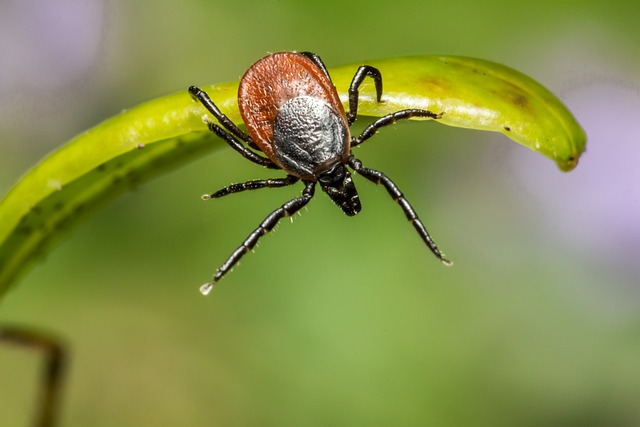Ticks are pesky little creatures that love to bite, attach to your skin, and spread illness and disease. Though they can be found just about anywhere, they’re most prevalent in wooded areas with tall grass or leaves. If you enjoy the great outdoors, but want to avoid ticks as much as possible, follow these tips for preventing ticks while hiking.
Common Types of Ticks:
- American Dog Tick – Larger than most, brown to redish in color with gray markings on back.
- Lone Star Tick – A clearish red color with a single white spot or light markings around the side.
- Blacklegged or Deer Tick – Brown and black with no white markings and are very small.
Dress Up
Wear long pants and long sleeves while hiking, as they will protect your legs and arms from tick bites. Light tops such as Patagonia Capaline are long sleeve yet light enough to help prevent ticks getting on your arms. As a bonus they help shade from the sun to help prevent sunburn.
Repellent
The easiest way to prevent ticks is with tick repellent. When you are going out in tick territory, spray on some repellent and you’re done—it’s that easy. In fact, research has found that for your money, permethrin-treated clothing provides more protection against ticks than bug spray does. This is because ticks have chewing mouthparts and can easily bite through regular sunscreen but not through clothing.
Check yourself
The U.S. Centers for Disease Control and Prevention recommends that all hikers check themselves after every hike, as ticks can attach themselves to clo^thing and/or shoes. Check in those hard-to-see areas: underarms, groin area, behind ears, behind knees.
Avoid Bushy Areas
In order to minimize your chances of exposure, it’s important to avoid brushing up against shrubbery. This is especially true if you are hiking at dusk or dawn, as many ticks are most active at these times. Be sure to keep an eye out for low-hanging branches and plants that can easily brush up against your clothes—avoiding them will help prevent tick bites.
Stay on Trails

One of your best defenses against ticks is staying on trails, which are typically well maintained and mowed. If you do veer off path for bushwacking and more bushcraft adventures makes sure to layer up and check yourself consistently.
To prevent ticks while hiking, check yourself for ticks after each hike. If you do get a tick bite, remove it as soon as possible (by flushing with water). Be sure to wash your hands after removing ticks from clothing or skin. Also keep your pet from coming into contact with ticks by keeping him on a leash and on trails that are cleared of brush. As always, talk to your doctor about how best to stay safe and healthy in all circumstances. Happy Hiking!
